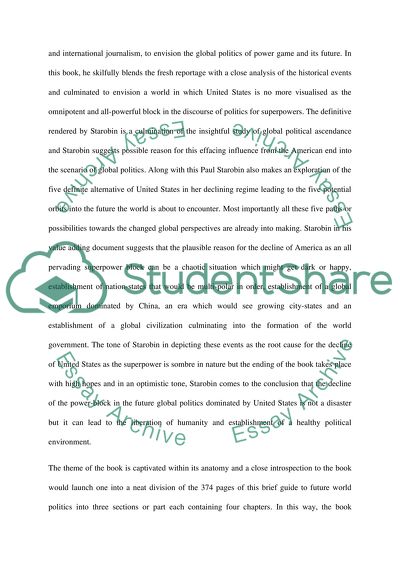Cite this document
(“Review of book Five Roads To The Future by Paul Starobin Report/”, n.d.)
Retrieved from https://studentshare.org/family-consumer-science/1413992-review-of-book-five-roads-to-the-future-by-paul
Retrieved from https://studentshare.org/family-consumer-science/1413992-review-of-book-five-roads-to-the-future-by-paul
(Review of Book Five Roads To The Future by Paul Starobin Report/)
https://studentshare.org/family-consumer-science/1413992-review-of-book-five-roads-to-the-future-by-paul.
https://studentshare.org/family-consumer-science/1413992-review-of-book-five-roads-to-the-future-by-paul.
“Review of Book Five Roads To The Future by Paul Starobin Report/”, n.d. https://studentshare.org/family-consumer-science/1413992-review-of-book-five-roads-to-the-future-by-paul.


